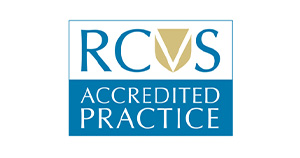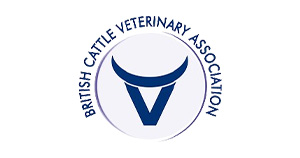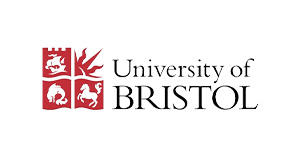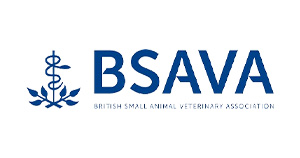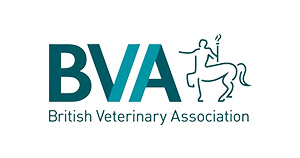Bull selection for your suckler herd
Choosing sire in your suckler herd will greatly impact its profitability.
This makes decisions around the breed and the individual within it very important. The sire’s contribution to the herd output or replacements is likely to be felt for years to come, which means the consequences for choosing badly can be costly in time, labour and finances.
What factors should you consider when choosing the right bull for your suckler cows? There are a number to take into consideration, which could mean the difference between a strong profit and a significant loss.
Choosing your breed;
Traditionally, the breed choice will depend on what market you are looking to sell to:
- Are you aiming to finish cattle yourselves? Do you want to finish grazing or housed? What is your outlet? Processor or farm shop? What carcass does the butcher/consumer want?
- Will you sell at store markets? Buyers will often prefer a large, fast growing, well-muscled terminal sire.
- If selling into breed-branded retail markets, their choice of sire is restricted to specific breeds.
- If selling into the heifer replacement markets, the most appropriate sire will be one that usually delivers attractive easy calving females.
This last point is particularly important but can be an afterthought to the beef herd. e Sire choice goes wrong and results in inefficient, unprofitable beef production.
From a financial point of view, selecting a sire with strong maternal genetics makes sense, traditionally this has not happened. Historically we have seen the
use of large, terminal continental breeds on dairy cows to produce replacement heifers, which has led to inefficiencies in the British beef industry.
There are many reasons for this; these bigger cows need more feed to reach target weights, which puts feed costs up per animal. Bigger cows mean a lower stocking density is needed at grass, and both combined means the return on each animal is usually reduced.
We have also seen these cows bred to large sires also experience more birth difficulties due to the size of the calves. Not only does this present with the more obvious cost of a vet visit to the calving or caesarean but those that do come out on farm maybe slow to start, meaning reduced colostrum intake and subsequent problems with disease, diarrhoea, pneumonia and lost growth potential as well as higher calf mortality rate. Also, the cows can take longer than to get back in calf.
Large sires also suffer health problems and are generally expensive to feed and maintain, in turn this may lead to substandard fertility decreasing the overall profitability of the herd still further.
Thankfully, these perceptions around size are gradually starting to change, as we look for a small strong calf out of an easy calving cow that gets up, sucks and grows well and efficiently, producing an easily worked carcass.
There is growing interest in composite breeds, for example the Stabiliser, with strong maternal traits and good finishing qualities and hybrid vigour, they sell as the perfect heifer replacements and produce high-quality finished carcasses.
Then there are the breed branded schemes with Angus, Hereford, Shorthorn, Wagyu, British Blue to name a few.
Once you’ve chosen your breed, how do you select the best bull for your farm?
Research the bull, bulls’ parents, and grandparent EBVS together with a good physical appearance and fit to work conformation.
All breed societies who performance record have easy access to EBV information through their society websites, and EBV information can also be accessed through individual animal pages on the websites of AI companies. Information on EBVs is presented both in graphs and using numerical figures.
Above-average EBVs are shown on the right-hand side of the graph and below-average EBVs on the left-hand side of the graph.
A bull with a birth weight EBV of -2 is expected, on average, to produce calves 1 kg lighter at birth than calves sired by a bull with an EBV of 0.
Whilst the example below shows ever so slightly positive EBV for calving ease, when we look at the accuracy of this info it is lower compared to the average calf weight which is significantly heavier, and therefore negative, as is likely to lead to calving problems. This bull also has a smaller scrotal size which may not be good for fertility. It does, however, have great growth rates, and terminal index, so if matched with good cows e.g. a larger framed/different breed may be a good success, this is not the bull to use on heifers! They have to come out alive and thriving to grow well in the first place so we would always recommend an easy calving lower birth weight calf on EBVs.
When going to market or society sale it becomes easier to compare a larger number and find the best that suits your needs, however, always remember conformation which is not accounted for by EBVS (directly) you do have to buy with your eyes too, after the paperwork research. Good working bulls need good leg conformation, and strong backs so they can withstand a lot of work.
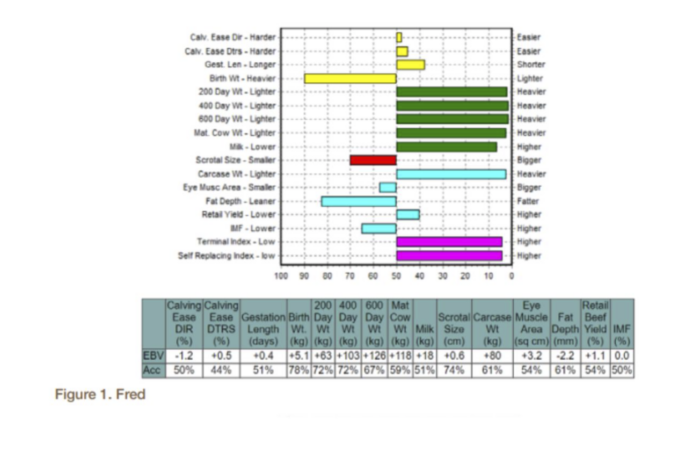
Disease and parasites wise it is always useful to know the disease status of the source herd, CHECS accreditation for Johnes, BVD, IBR, Lepto, Neospora, and TB is possible and usually advertised if present. Some of these may only be monitoring and represent still some negative risk to a herd. Where there is no accreditation, we can advise on the best tests to ask for before purchase, or to do upon arrival on your farm whilst your bull is settled in isolation. This is an important time for observation and maintenance of condition as he adapts to your farm if he is to be at peak fertility for use after isolation. We can also, with the vendors consent ask to speak to the source herds Vet to ascertain health status or previous vaccination which help us determine the best and most cost-effective testing to do. We always find this useful, as sometimes we find the information available may be misunderstood. Some vaccines can be a great alarm bell for signs of out-of-control disease on a farm.
Fertility – many society sales and private breeders will have bulls fertility tested prior to sale. This involves a vet visit to assess physical appearance of the bull as a whole, genital tract, scrotal size, health, collection of semen and evaluation of concentration, motility and morphology under the microscope, allowing thorough evaluation of the bulls fertility status. We can do this for you once your bull is home if it has not been done. It should be noted that any interruption to spermatogenesis may take around 6 weeks to become apparent or recover so it is important that your bull is bought, assessed and settled in well before the breeding period.
If you would like further information on choosing your bull or accessing/interpreting EBVS please pick up the phone or ask on a visit, I can also recommend from AHDB the excellent resource https://projectblue.blob.core.windows.net/media/Default/Beef%20&%20Lamb/ChoosingBullsBR_190813_WEB.pdf
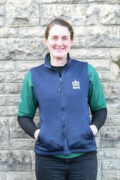
This guide explores factors affecting suckler herd profitability through sire selection. Learn about breed choice, EBV interpretation & buying considerations for optimal herd performance.
suckler herd sire selection | choosing a bull for suckler cows | beef cattle breeding | EBV for bulls | birth weight EBV | calving ease EBV | fertility in bulls | disease status of herd | bull health check | AHDB Choosing Bulls resource





